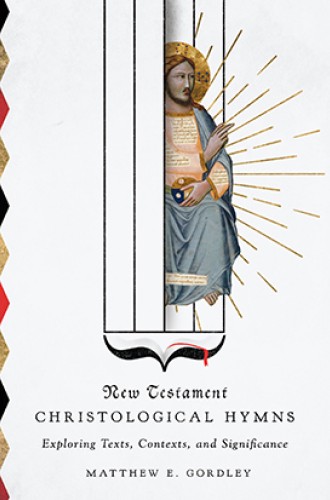The New Testament’s christological hymns are songs of resistance
They use the conventions of Jewish resistance poetry to challenge Roman occupation.
In a class on ministry, Will Willimon often referred to “the great theologian of our age”—meaning Bob Dylan, whose poetic expression of antiwar convictions helped Willimon articulate a Christian conviction of nonviolence. Dylan isn’t my style, so I was delighted when another professor, Amy Laura Hall, referred to Rage Against the Machine in a class on Christian love. Rage’s poetic rejection of corruption and injustice provided Hall with just the right words to help teach us that Christian love is noncoercive.
As it turns out, one of the songs Hall quoted from was “Maggie’s Farm,” a Dylan song that Rage covered. “Maggie’s Farm” is a timeless proclamation of resistance, so it is no surprise that it was revised into a new form for a younger generation.
This isn’t the first time protest songs have been revamped. According to Matthew E. Gordley, the christological hymns of the New Testament—in Philippians 2, Colossians 1, John 1, and elsewhere—were inspired by the tradition of Jewish “resistance poetry.” The Jewish poems of resistance, Gordley writes, “show an implicit, and at times explicit, concern for resistance to other grand narratives about reality that may have a claim on the lives of the community members.” In exile, new cultural contexts threatened to grind down Jewish identity, replacing it with the “grand narrative” of Babylonian or Roman culture. Their resistance poems, like the Psalms of Solomon, “provided a means for the community not merely to praise God but to articulate its understanding of itself in relation to its current circumstances and the traditional Jewish beliefs it had inherited.”





